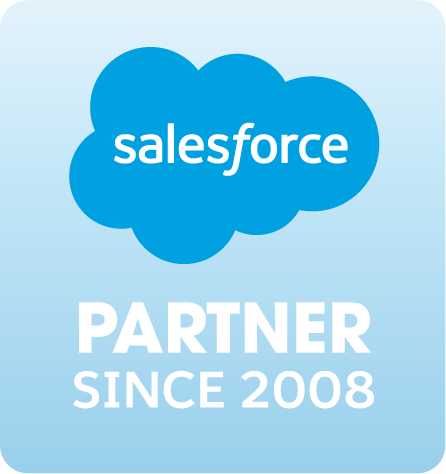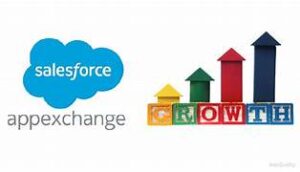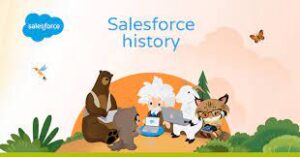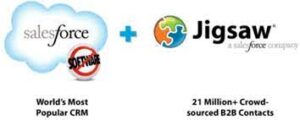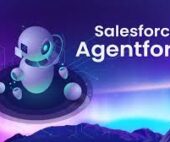While both AI analytics and predictive AI leverage data analysis, AI analytics is a broader field encompassing various AI techniques for data processing and analysis, while predictive AI specifically focuses on forecasting future outcomes based on historical data patterns.
Here’s a more detailed breakdown:
AI Analytics (Broad)
- Definition:AI analytics uses artificial intelligence techniques, including machine learning, natural language processing, and data mining, to process, analyze, and interpret data, ultimately leading to predictions or recommendations.
- Scope:Encompasses a wide range of AI applications for data analysis, including descriptive, diagnostic, and predictive analytics.
- Examples:Customer segmentation, fraud detection, supply chain optimization, and real-time data analysis.
- Strengths:Efficiency and speed in analyzing large datasets, real-time analytics, and automation of data analysis tasks.
- Limitations:Can be complex and costly to implement, requires specialized expertise, and potential for bias in AI models.
Predictive AI (Specific)
- Definition:Predictive AI uses statistical analysis and machine learning algorithms to identify patterns, anticipate behaviors, and forecast future events.
- Focus:Primarily concerned with predicting future outcomes based on historical data.
- Examples:Predicting customer churn, forecasting sales trends, identifying high-risk customers, and optimizing marketing campaigns.
- Strengths:Provides insights into potential future outcomes, enables proactive decision-making, and optimizes processes and resource allocation.
- Limitations:Accuracy depends on the quality and relevance of historical data, predictions are not certainties, and potential for bias in models.
What is AI Analytics?
AI analytics leverages machine learning (ML) and artificial intelligence (AI) to automate the analysis of vast amounts of data, uncovering insights faster and more accurately than traditional methods. By continuously monitoring data streams, AI analytics identifies patterns, anomalies, and trends—tasks that would typically require extensive manual effort from data analysts.
Business Analytics in the AI Era
AI is transforming industries, and business analytics is no exception. While traditional analytics relies on statistical models developed over centuries, AI-powered analytics introduces unprecedented speed, scalability, and precision, enabling businesses to make real-time, data-driven decisions.
This article explores:
- What is analytics?
- What is AI analytics?
- AI vs. traditional analytics
- Real-world applications of AI analytics
What is Analytics?
Analytics is the process of extracting meaningful insights from raw data to answer business questions, predict trends, and guide decision-making. It involves various techniques, including:
- Statistical analysis
- Applied mathematics
- Machine learning & AI
The Four Stages of Analytics (Gartner’s Analytic Ascendancy Model)
- Descriptive Analytics – “What happened?”
- Examines historical data to identify trends.
- Example: Monthly sales reports.
- Diagnostic Analytics – “Why did it happen?”
- Investigates causes behind trends.
- Example: Analyzing a drop in website traffic.
- Predictive Analytics – “What will happen?”
- Uses ML models to forecast future outcomes.
- Example: Demand forecasting for inventory.
- Prescriptive Analytics – “How can we make it happen?”
- Recommends actions to achieve desired results.
- Example: Optimizing marketing spend for ROI.
AI, Machine Learning, and AI Analytics
Artificial Intelligence (AI)
AI refers to machines performing tasks that typically require human intelligence, such as:
- Natural language processing (NLP) (e.g., chatbots).
- Computer vision (e.g., facial recognition).
- Decision-making (e.g., autonomous vehicles).
Machine Learning (ML)
A subset of AI, ML uses algorithms trained on data to make predictions without explicit programming. Key approaches include:
- Supervised learning (labeled data training).
- Unsupervised learning (finding hidden patterns).
- Deep learning (neural networks for complex tasks).
AI Analytics
AI analytics automates data analysis by:
- Detecting anomalies in real time.
- Identifying trends across massive datasets.
- Providing root-cause analysis for business issues.
Unlike traditional analytics, which relies on manual hypothesis testing, AI analytics continuously scans data, delivering faster, more objective insights.
AI Analytics vs. Traditional Analytics
| Feature | Traditional Analytics | AI Analytics |
|---|---|---|
| Speed | Slow (weeks to months) | Real-time processing |
| Scale | Limited by human capacity | Handles billions of data points |
| Granularity | Broad trends | Micro-level insights (e.g., per-user) |
| Bias | Human assumptions influence results | Data-driven, unbiased analysis |
| Automation | Manual hypothesis testing | Self-learning algorithms |
Advantages of AI Analytics
✅ Faster detection – Identifies issues in hours, not weeks.
✅ Higher accuracy – Reduces errors by 30-50% (McKinsey).
✅ Unbiased insights – Tests millions of hypotheses objectively.
Real-World Applications of AI Analytics
1. Demand Forecasting (Predictive Analytics)
- Retail: AI predicts inventory needs, reducing waste.
- Supply Chain: Lowers forecasting errors by 30-50%.
2. Predictive Maintenance
- Manufacturing: Detects equipment failures before they happen.
- Energy: Monitors machinery health to prevent downtime.
3. Business Monitoring (Diagnostic Analytics)
- eCommerce: Tracks conversion rate drops in real time.
- FinTech: Detects fraud by analyzing transaction anomalies.
- Telecom: Identifies network issues before customers complain.
4. Cloud Cost Optimization
- Multi-cloud environments: AI tracks spending trends and suggests cost cuts.
- Anomaly detection: Flags unexpected cloud cost spikes instantly.
Conclusion: AI Analytics is the Future
AI analytics supercharges business intelligence by:
🚀 Automating tedious analysis – Freeing analysts for strategic work.
🔍 Uncovering hidden insights – Detecting patterns humans miss.
⏱ Delivering real-time decisions – Keeping businesses agile.
As AI continues to evolve, companies that adopt AI-powered analytics will gain a competitive edge—transforming raw data into actionable intelligence at unprecedented speed.
Ready to integrate AI analytics into your business? Explore how AI can revolutionize your data strategy today. Contact Tectonic.
